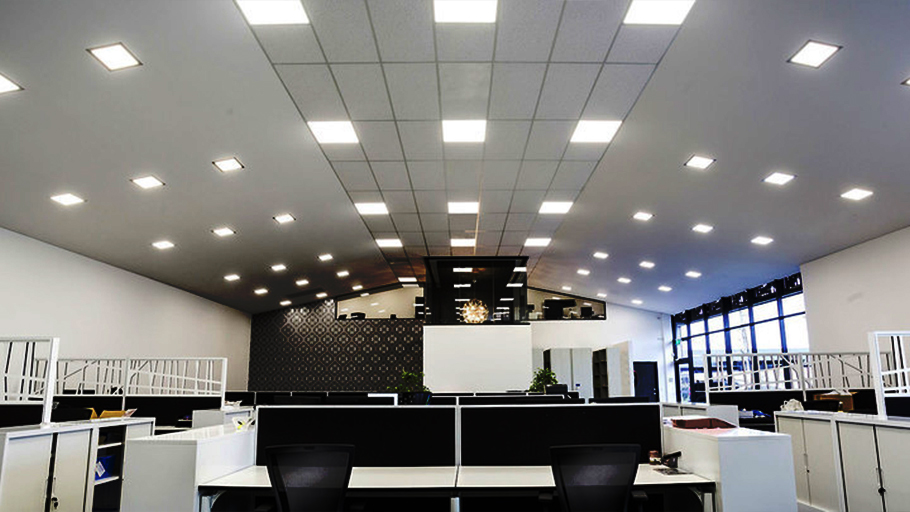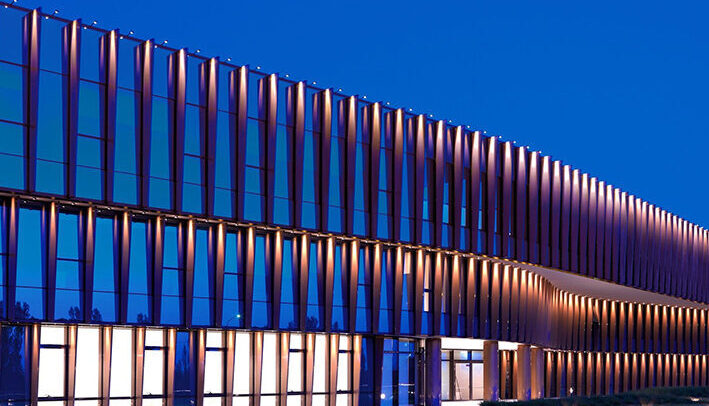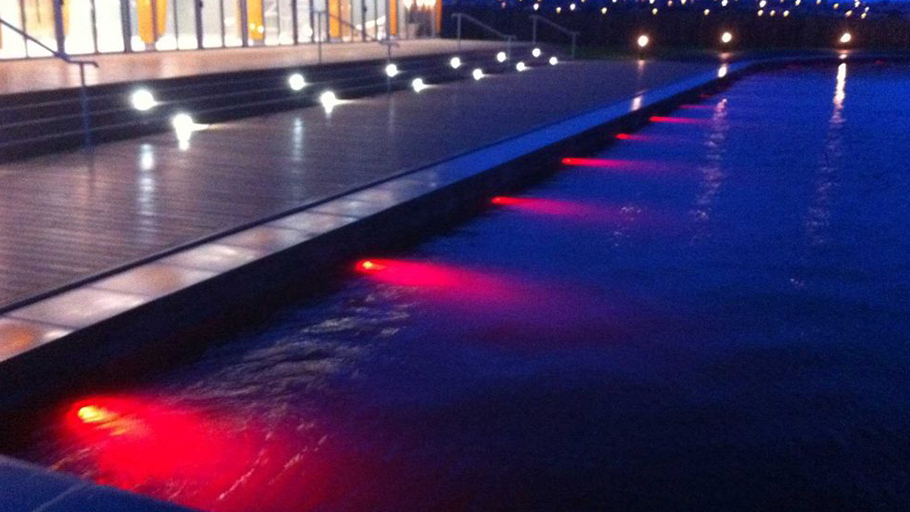Choosing the right LED screen for your needs requires careful consideration of various factors.
Here's a step-by-step guide to help you make an informed decision:
Determine your Purpose:
Identify the specific purpose of the LED screen. Are you looking for an advertising display, an information display, or a display for entertainment purposes? Clarifying your purpose will help you narrow down the options.
Consider Location and Environment:
Assess the location and environment where the LED screen will be installed. Factors such as indoor or outdoor placement, ambient lighting conditions, viewing distance, and weather exposure will influence the choice of screen.
Define Size and Resolution Requirements:
Determine the desired size and resolution ofthe LED screen based on the viewing distance and content requirements. Larger screens with higher resolutions are suitable for larger venues or when detailed content needs to be displayed.
Evaluate Pixel Pitch:
Pixel pitch refers to the distance between pixels on the LED screen. Smaller pixel pitch results in higher pixel density and improved image quality, especially when viewed up close. Consider the viewing distance and content type to determine the optimal pixel pitch.
Assess Brightness and Contrast:
Consider the brightness and contrast levels, choosing the right brightness level required for your specific application. Outdoor screens generally require higher brightness levels to combat sunlight, while indoor screens can have lower brightness levels.
Check Viewing Angle:
Evaluate the viewing angle specifications of the LED screen. Wide viewing angles ensure that the content remains visible and clear from various perspectives, which is particularly important for large audiences or installations with multiple viewing angles.
Research LED Technology:
LED screens come in different technologies, such as DIP(Dual In-line Package) and SMD (Surface Mount Device). SMD technology generally offers better image quality, higher resolution, and energy efficiency. Consider the technology that suits your needs and budget.
Consider Connectivity and Control:
Assess the connectivity options and control capabilities of the LED screen. Look for features like wireless connectivity, compatibility with content management systems, and remote-control functionalities for ease of use and content management.
Budget and Total Cost of Ownership:
Set a budget for your LED screen and consider the total cost of ownership. Factors such as initial purchase cost, installation expenses, ongoing maintenance, and energy consumption should be taken into account to determine the long-term affordability.
Research and Compare Suppliers:
Research reputable suppliers and manufacturers of LED screens and led flood lights suppliers in Dubai. Consider factors like product quality, warranties, customer support, and their track record in delivering reliable and durable products.
Request Demos and Samples:
Whenever possible, request demos or samples from potential suppliers to assess the actual performance, image quality, and functionality ofthe LED screens before making a final decision.
By carefully considering these factors and conducting thorough research, you can select an LED screen that meets your specific requirements and provides optimal performance for your intended application.












Leave a Reply